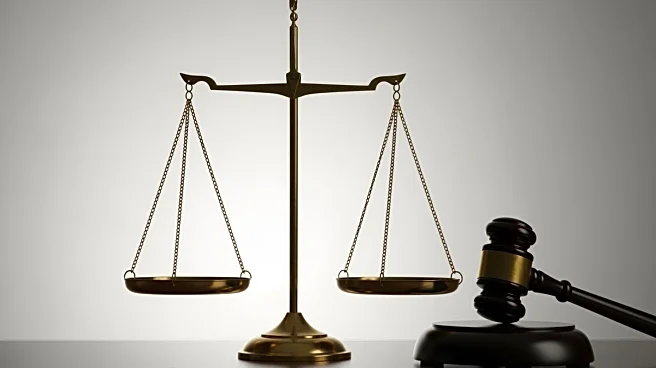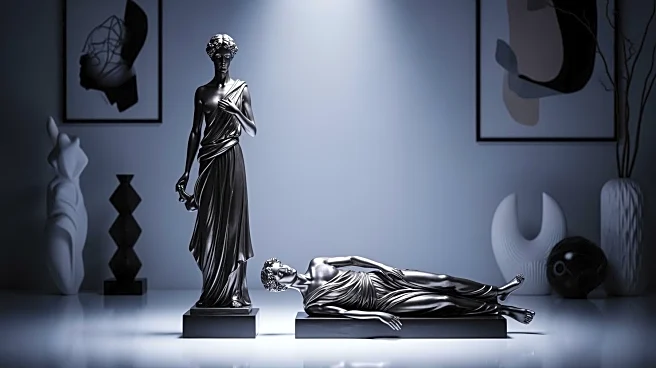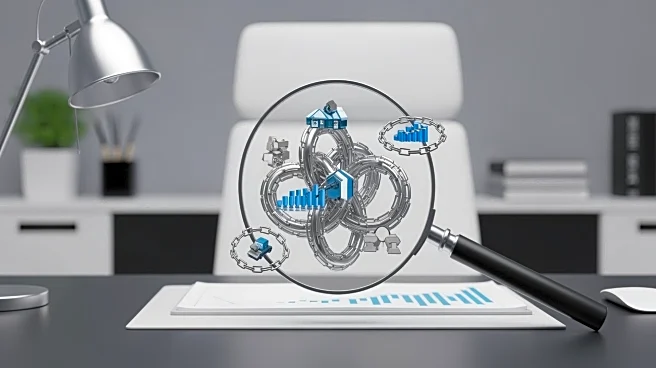What's Happening?
The United Federation of Teachers (UFT) has concluded an investigation into a harassment incident involving Amy Arundell, a union representative who opposed UFT President Mike Mulgrew. During a union meeting
on June 11, laminated photos of Arundell with derogatory messages were placed in men's urinals. Despite hiring an external lawyer, Elizabeth DiMichele, to conduct the probe, the UFT has been unable to identify the perpetrator. Critics, including Arundell, have labeled the investigation a cover-up, suggesting it was controlled from the top and lacked transparency. Arundell, who lost a bid to unseat Mulgrew, was subsequently fired from her union position along with several others. The investigation reportedly identified a potential eyewitness but failed to pinpoint the actual culprit.
Why It's Important?
This incident highlights ongoing tensions within the UFT, particularly regarding leadership and accountability. The failure to identify the perpetrator raises concerns about the union's commitment to addressing internal conflicts and maintaining a democratic culture. The situation underscores the challenges faced by organizations in handling harassment claims, especially when they involve high-ranking officials. The outcome of this investigation may impact the union's reputation and its ability to effectively represent its members. It also raises questions about the use of member dues for internal investigations and the potential influence of personal relationships on the process.
What's Next?
The UFT's handling of this case may prompt calls for reform within the organization, particularly regarding its investigative procedures and transparency. Members and critics may demand a more thorough and independent investigation to ensure accountability. The incident could lead to increased scrutiny of the union's leadership and governance practices. Additionally, there may be pressure on the UFT to implement measures that prevent similar incidents in the future and to foster a more inclusive and respectful environment for all members.
Beyond the Headlines
The case reflects broader issues of power dynamics and gender discrimination within labor unions. It highlights the potential for harassment to be used as a tool to silence dissent and maintain control. The incident may contribute to ongoing discussions about the need for stronger protections against workplace harassment and the importance of fostering a culture of openness and accountability. It also underscores the ethical considerations involved in handling such cases, particularly when they involve influential figures within an organization.











